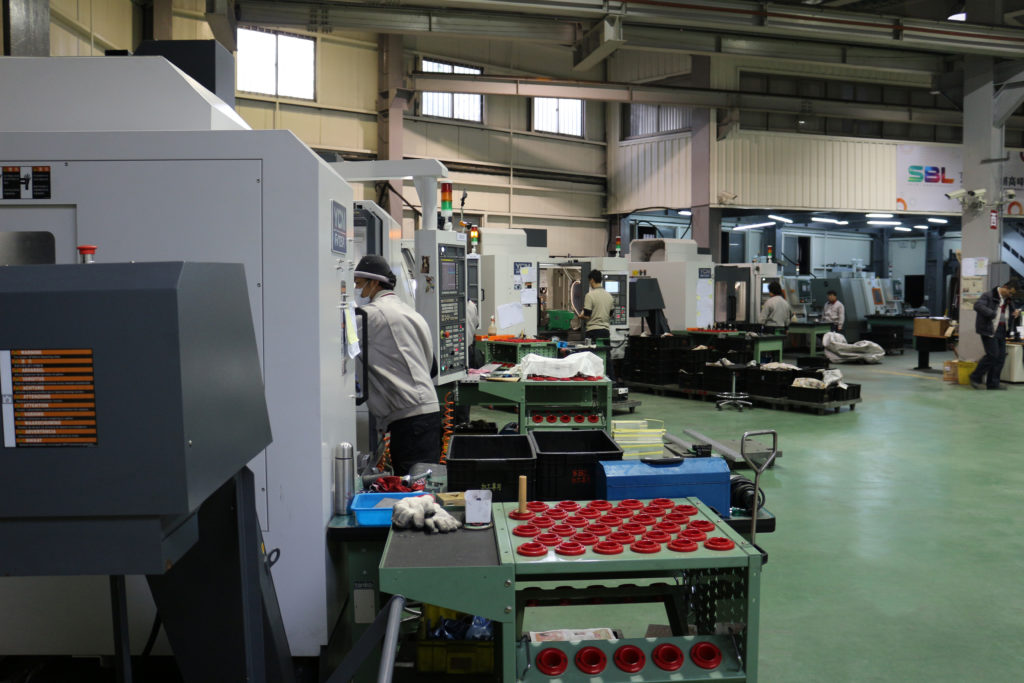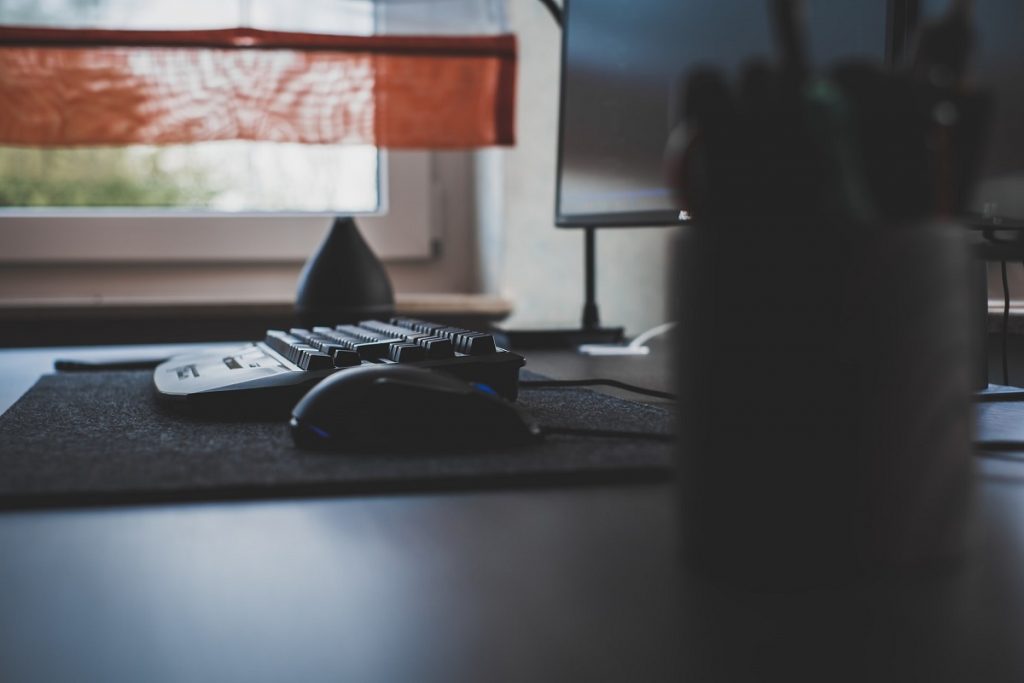Die cutting is a major part of the packaging production process. It lets you repeatedly create the same shape with its exact dimensions without using stencils, scissors or knives. Moreover, the technique is incredibly efficient and cost-effective if you use standardised packaging designs since you don’t need to replace the dies often.
Over the years, die cutting techniques have become even more streamlined. This is because modern technologies are being applied to the process to bring even greater reductions to packaging costs, waste and turnaround times. One of the advanced techniques popular today is the integration of CAD or computer-aided design with commercial die cutting machines.
Traditional vs. CAD-Enabled Die Cutting
Traditional die cutting is still widely used although it does have some limitations. Flatbed die cutting, for instance, has a lengthy set-up process. You have to design, produce and test the steel rule dies, which could mean recalibrating multiple times until you get the ideal dimensions of the die.
Rotary die cutting is the better option if you’re producing complex designs since it uses an electrically operated rotating cylindrical die. The problem is that a rotary die cutting machine is considerably more expensive than a flatbed one. It requires a larger scale of production to justify the equipment and tooling expenses.
One of the solutions to these problems is to use CAD to give flatbed die cutting the precision it needs to produce more complex designs. CAD programs are typically used in engineering and architecture for creating two- or three-dimensional models. You create the model in an imaginary space and visualise the object’s exact dimensions, making it easier for you to design die prototypes.
CAD for Flatbed Die Cutting
CAD allows you to try various layouts and designs during the drafting stage, so you can sketch intricate die cutting models and judge whether or not they’ll work. You can also reverse-engineer 3D packaging designs like boxes then pattern-match them along a 2D plane. This technique means you don’t have to draw the 3D model from scratch; you can use an existing design then just make adjustments to it on CAD.
From there, the virtual blueprint is translated into code then sent to the commercial die cutting machine. The die cutter will decode the blueprint to read the model. It’ll use the codes to direct the die cutting process and physically recreate the pattern you rendered on CAD.
Benefits of CAD-Enabled Die Cutting
CAD integration has many advantages in terms of speeding up your production. For one, you can save packaging designs you’ve used before in case you need them again in the future. You’ll be able to improve your turnaround rates since you won’t be spending as much time preparing the dies.
Below are some other applications of CAD for flatbed die cutting:
- Experiment with different layouts and designs without wasting raw materials to test them out.
- Take designs from your clients then convert them into a format that’s compatible with your die cutter. You can also receive digital CAD files, which your designer can examine and improve upon before reproducing. If your client has a sample box they want to imitate, you can reverse-engineer that using CAD so you won’t have to design it from scratch.
- Find the most efficient layout of the designs on the material you’re using. CAD uses mathematical algorithms to determine the layout that will utilise most of the material and produce little waste and trimmings.
Conclusion
Ultimately, leveraging modern technologies like CAD brings a wealth of benefits to your packaging production process. Although it’s doubtful that computers and lasers will replace traditional die cutting machines, they do introduce new techniques that make your process more efficient and cost-effective.
The key is to examine your current die cutting techniques for opportunities to improve. Then, see if CAD software or other modern technologies, like laser die cutting, can fill the gaps in your process’ efficiency.
If you want to learn more about how you can improve your die cutting assembly, SBL Machinery is here to assist. We provide manufacturing firms with high-quality packaging equipment, including automatic flatbed die cutters, folding gluing machines and hot foil stampers.
Browse through our blog for more information about utilising your packaging equipment to the fullest. For enquiries about our flatbed die cutting machines, call SBL Machinery at +886 2 2680-2199 or fill out our contact form.



Related Posts
A sneak peek of 2024 DRUPA⼁From background history to current situation, exhibition products, and visitor results at once
Read MoreHot Stamping Machine Installation and Acceptance Guide: 3 Key Considerations for Buyers
Read MoreFolder Gluer Machine Installation and Acceptance Guide: 3 Key Considerations for Buyers
Read More